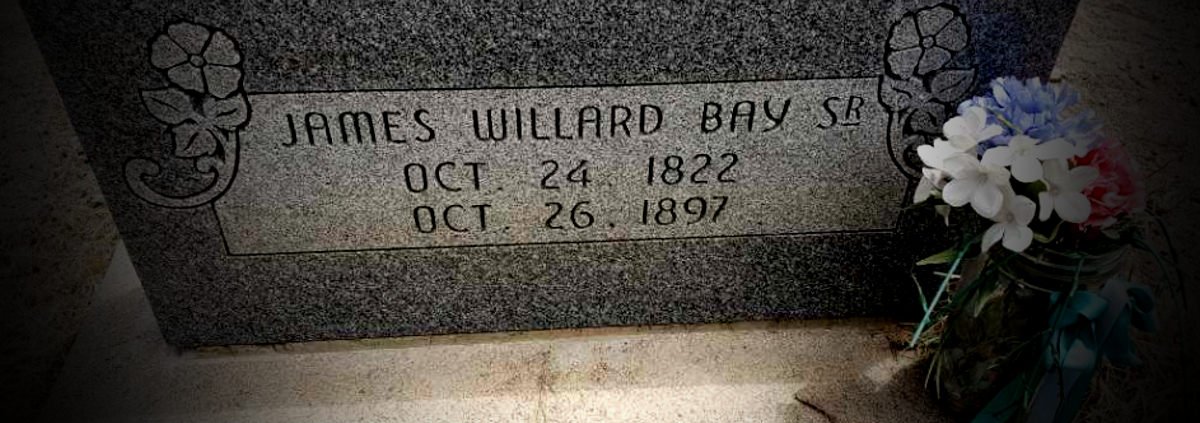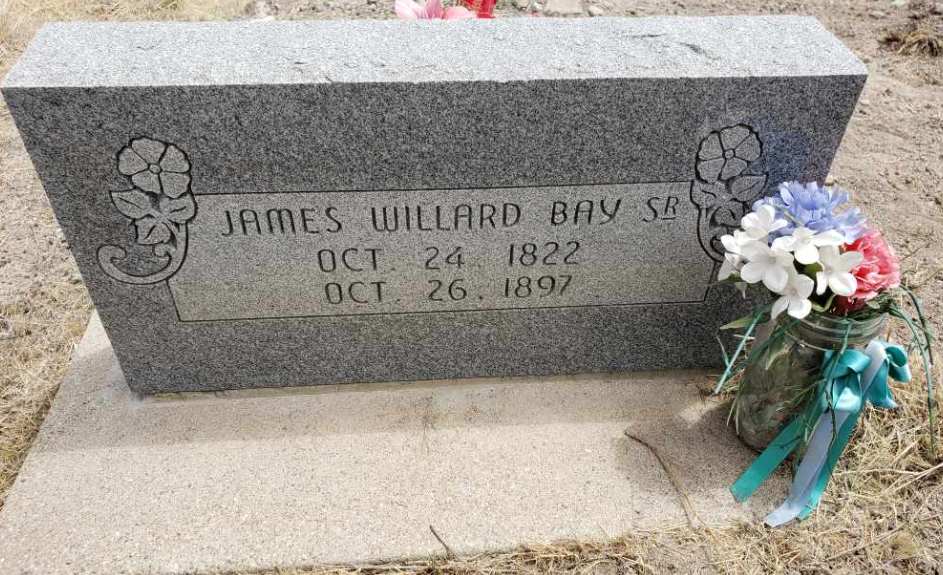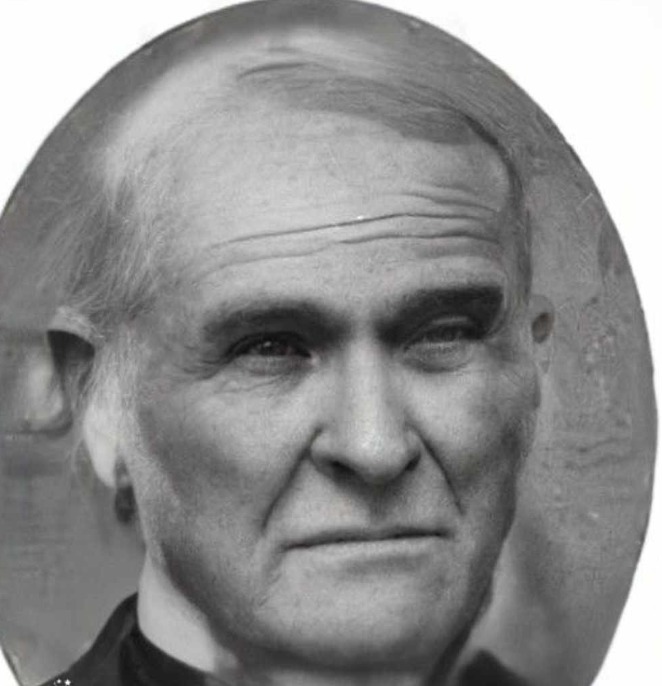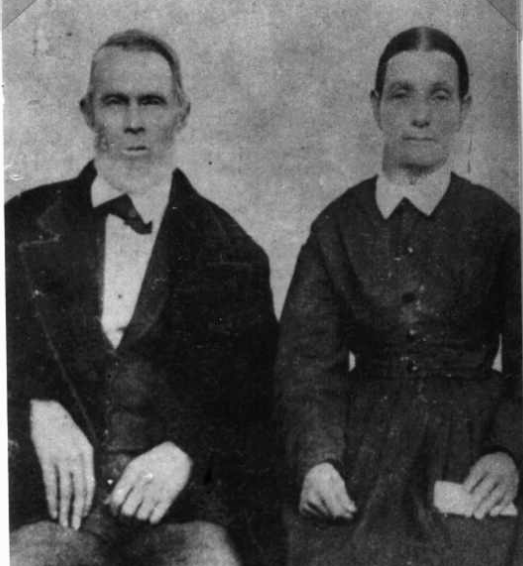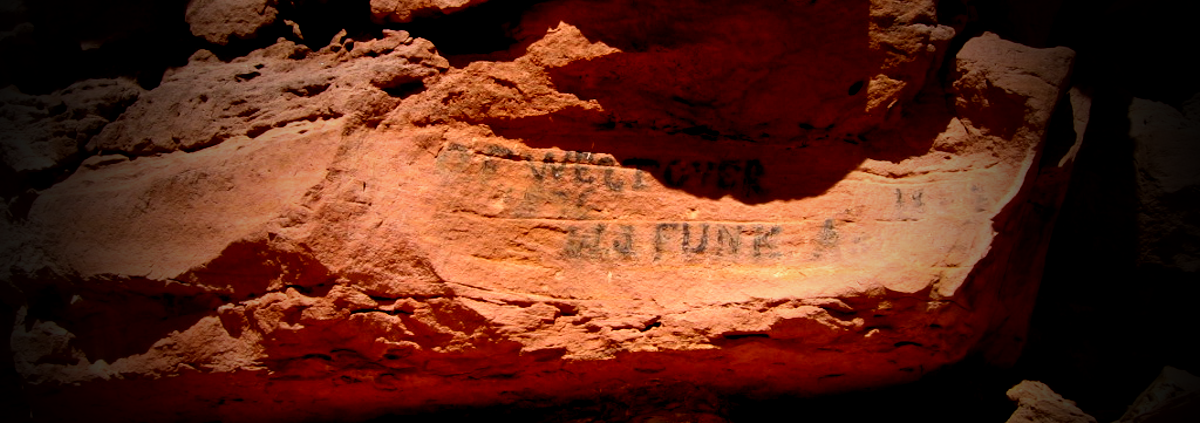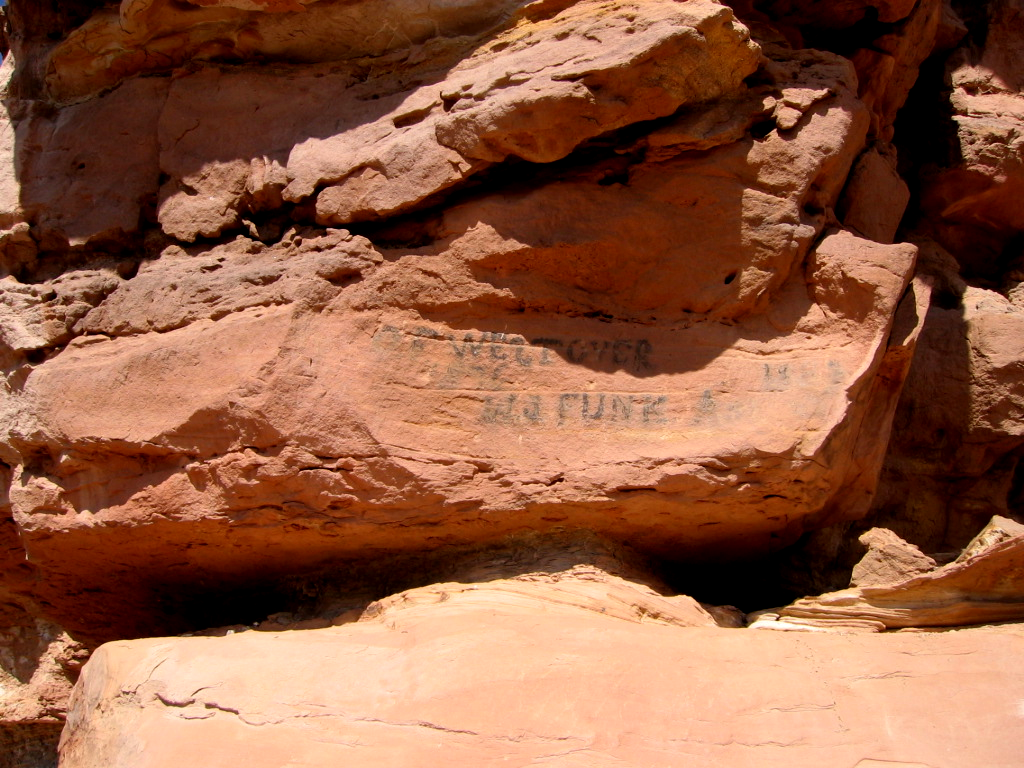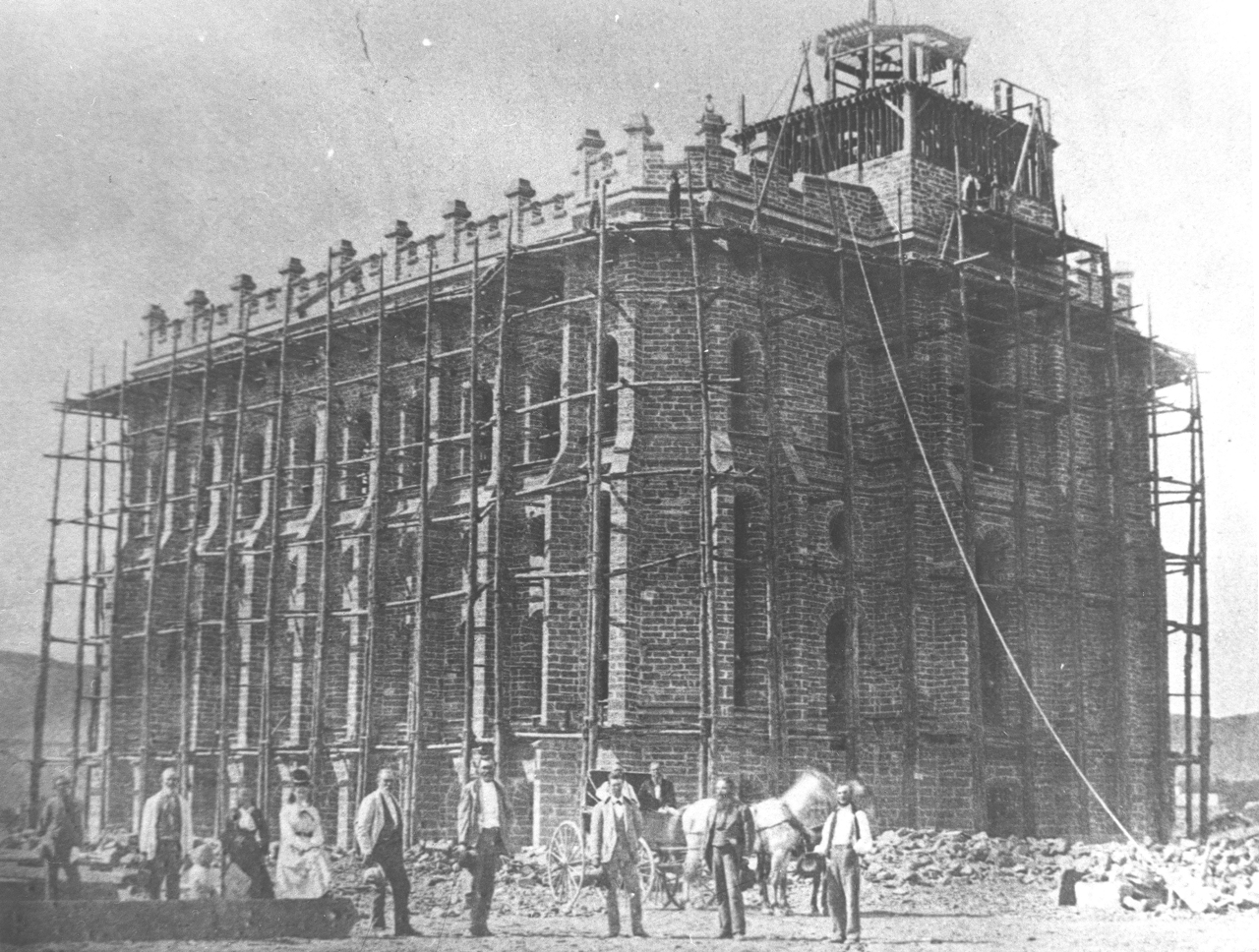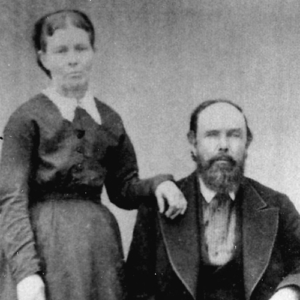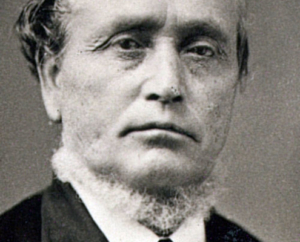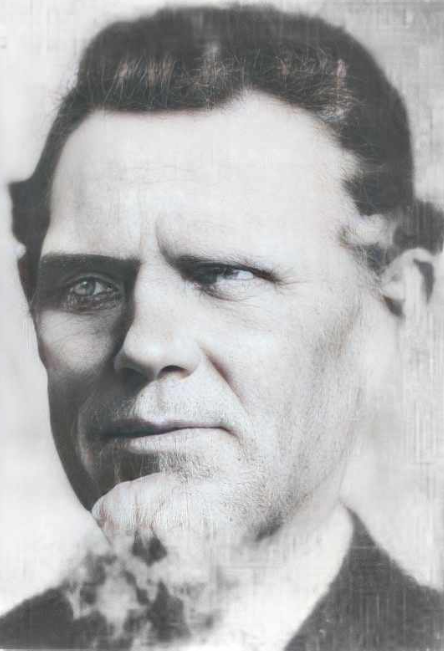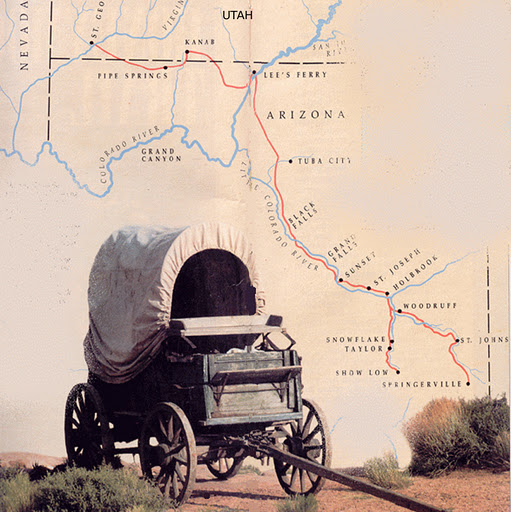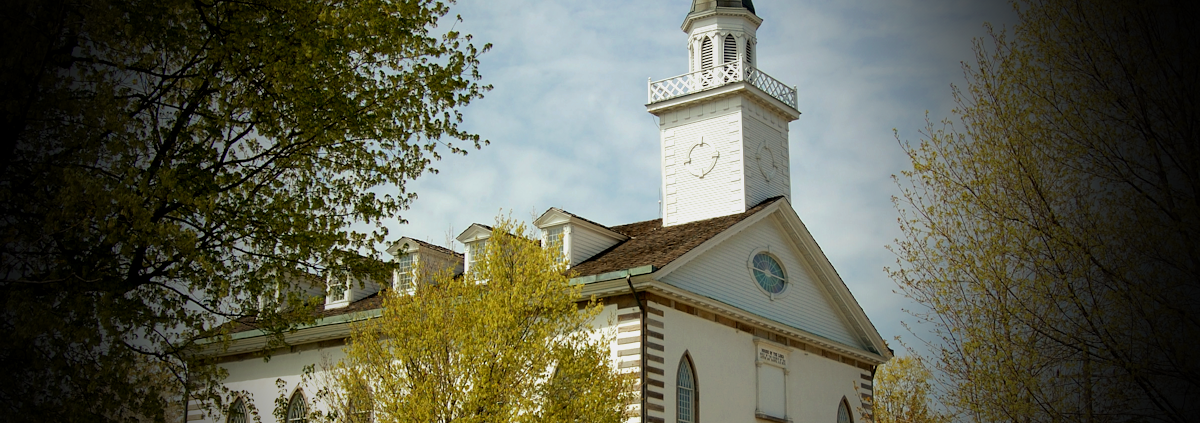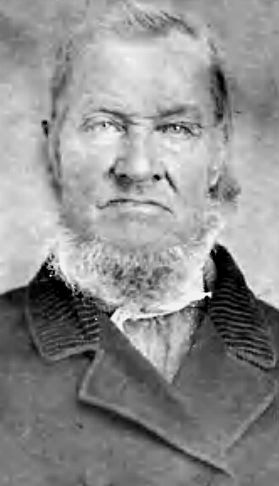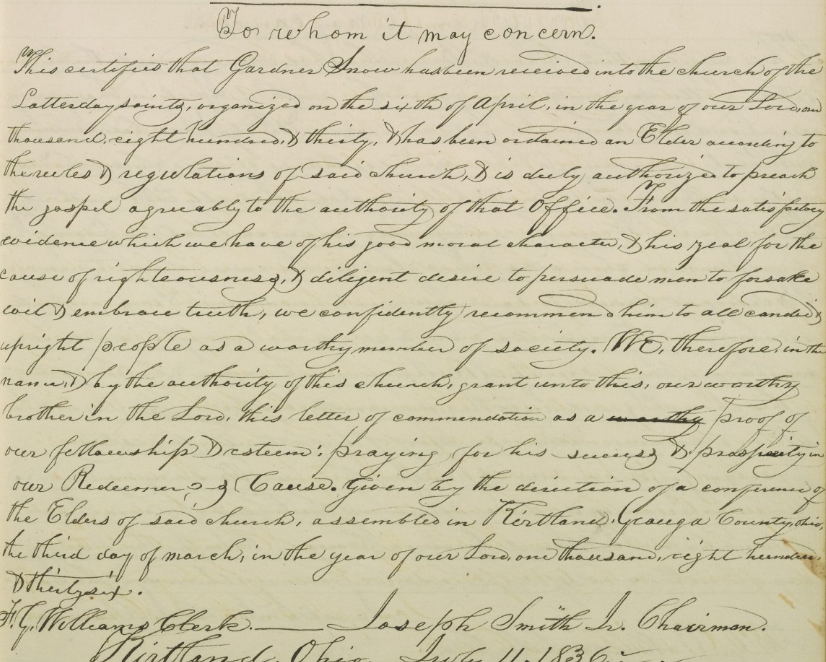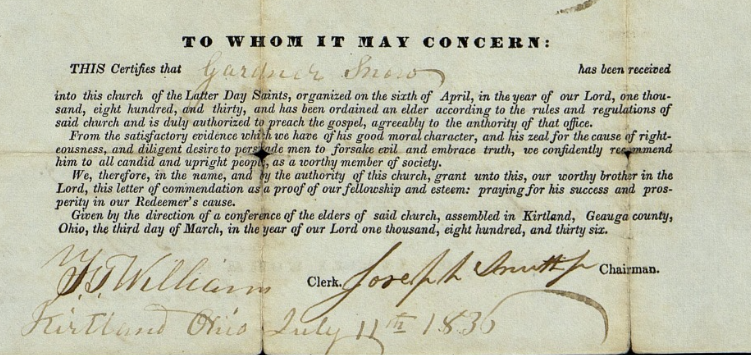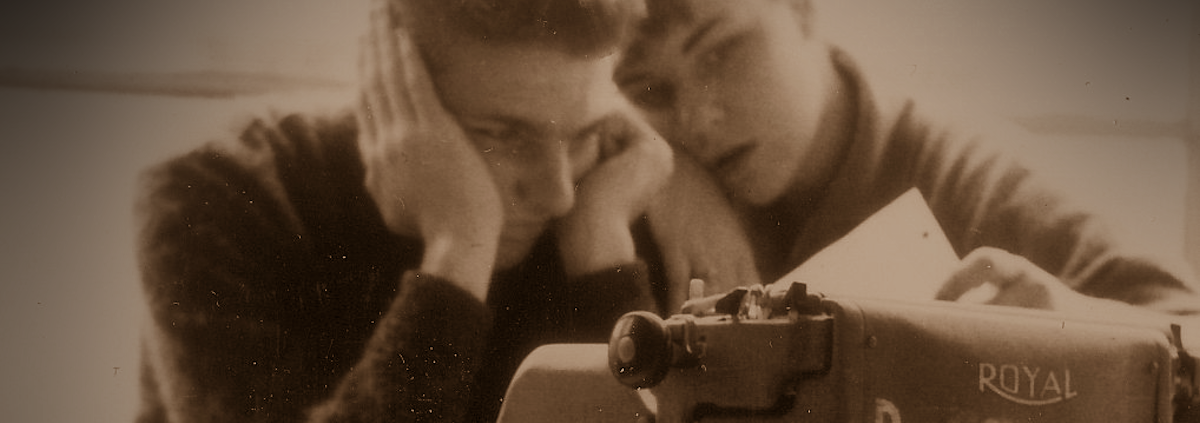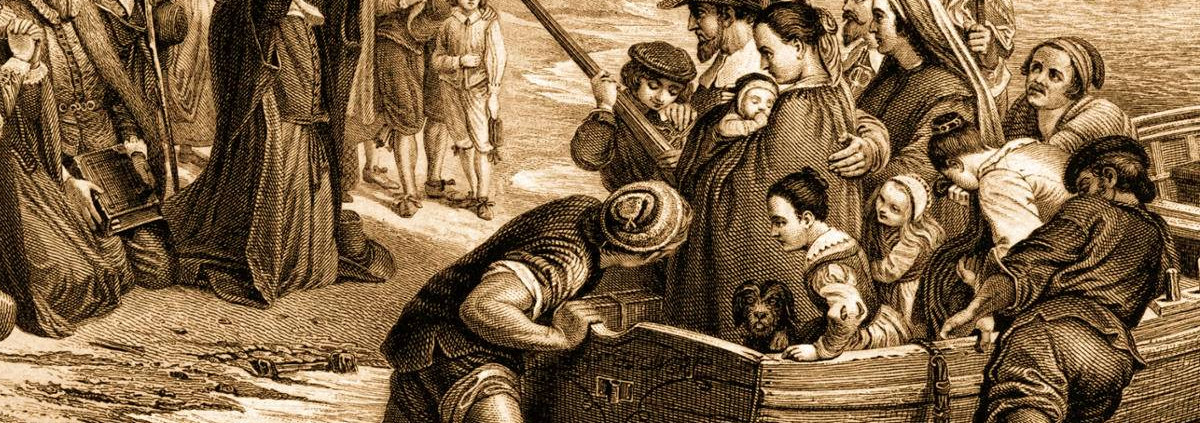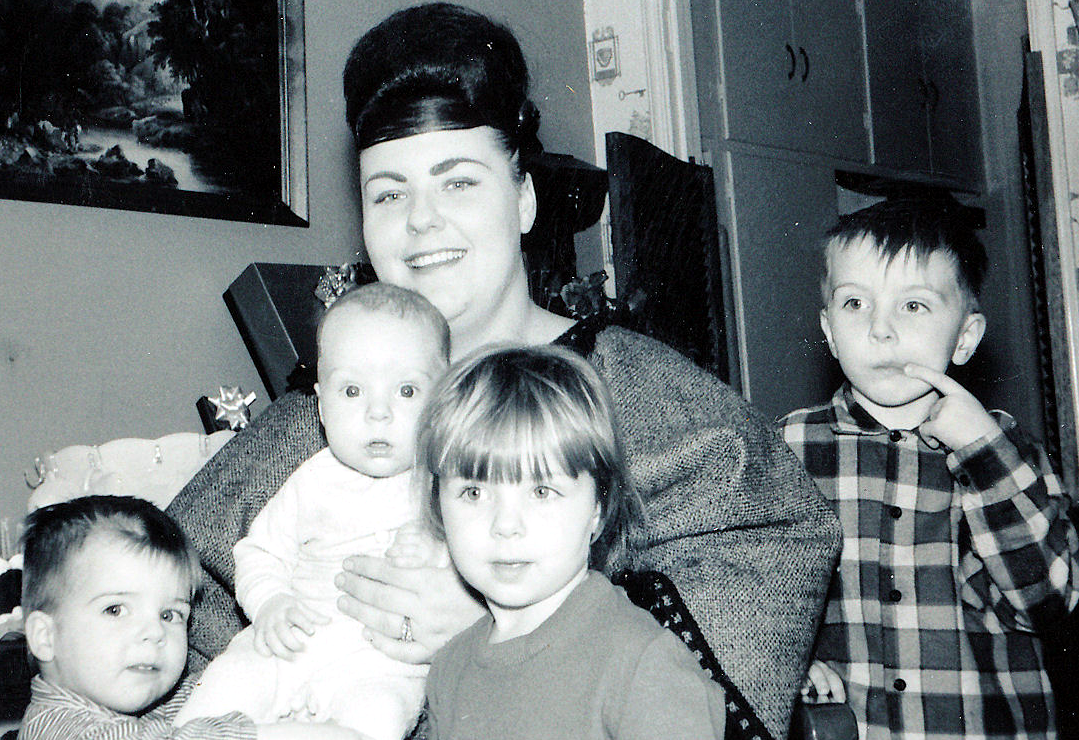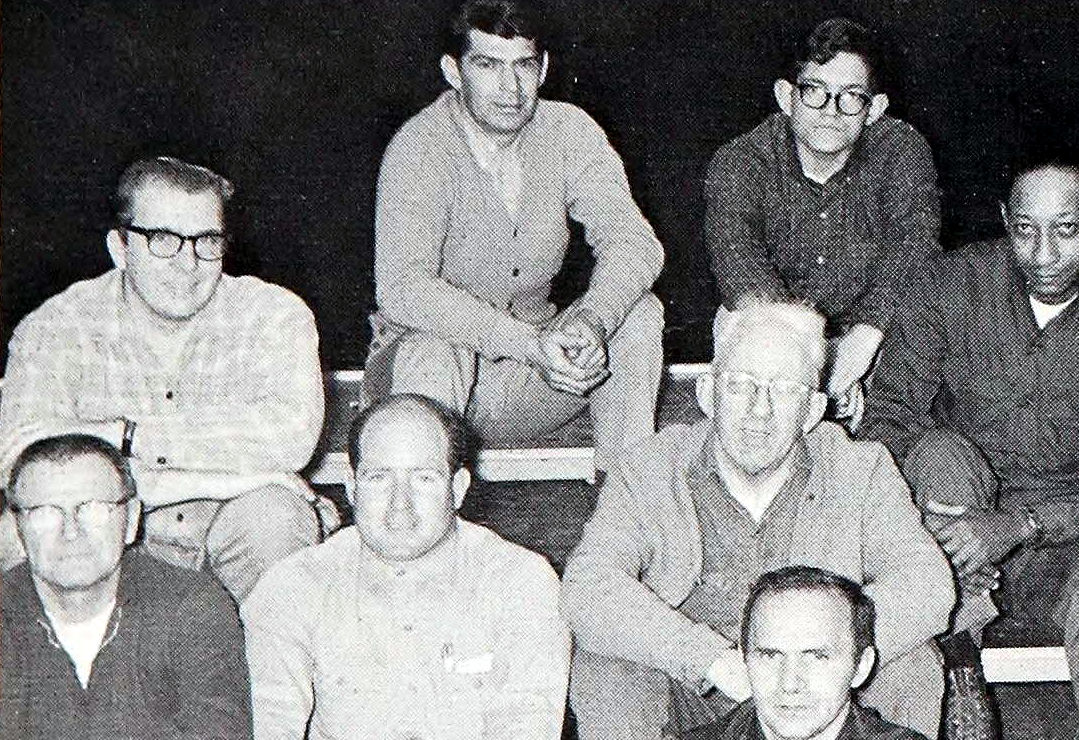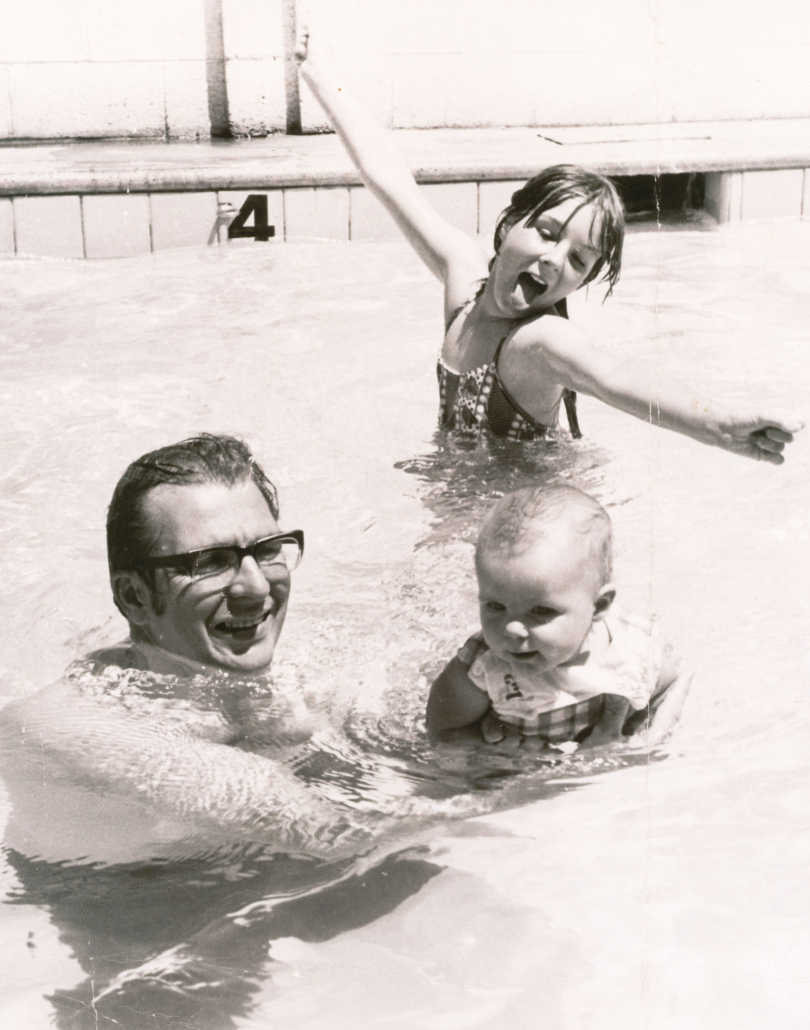Circles of Friends and Family
In April of 2021 we took a road trip to Southern Utah. It would be my Dad’s final road trip, an exploration of family history.
It was his desire to connect the names and dates on the family tree to places – places even that he was familiar with from his first years growing up there.
I can recall Dad telling me that he wanted to really know these people as best he could before he passed.
In response, I spent as much time studying the people and the places we went to. I wanted to be so familiar with it all that the stories could be shared in real time.
My Aunt LaRee and Uncle Will worked on putting such a trip together for more than a year.
I fear they may never know what a big deal that was to both my Dad and for me. That trip, I feel, extended Dad’s life a bit because it gave him purpose beyond fighting illness and recovering from surgery.
As we drove we visited and Dad mixed memories of the times and places he lived in when he was a boy, sharing things of himself and my grandparents the rest of us did not know.
We stopped at pioneer cemeteries and shared what we knew of the people we found and the places they lived.
Some of these were remote, almost forgotten places. Ghost towns, really.
Places like Hebron and Pinto and Hamblin. Other places were smack dab in the middle of civilization, such as St. George, Provo and Manti.
While Dad had broad places and target individuals in mind I was swimming in details ahead of where I knew we would go.
Despite all this there were surprises and spontaneous moments.
Dad, knowing that Aunt Gladys (daughter of Grandpa and Grandma Snow) was buried in Junction, Utah, decided to make a brief stop there after we had left Kingston.
Junction still has only about 200 residents and it was no problem finding the cemetery, which resides on such a hill that the graves are terraced. Finding Aunt Gladys took just a few minutes and while the others stood there to look I turned around and found this grave:
My surprised response to this discovery was, “Well, hello old friend!”
~ James Willard Bay ~
James Bay converted to the Church in 1840. He was single.
Guess who his influencing missionary was? The same Elder Goodale who taught Hannah Beal and later, Electa and Edwin, in Ohio in 1844.
In fact, James Bay became embedded in the whole company that included the Westovers coming from Ohio to Winter Quarters, and then on to Salt Lake in 1848.
He not only knew the Westover family well but also others who would also interact with the family over the decades.
My surprise in discovering James Bay’s grave that day in Junction in 2021 was centered on the fact that he knew and was important to my family.
What I did not know then was the story of the rest of his life once he got to Utah and how many others in our family story he knew and interacted with.
As we have noted many times on these pages, there are few coincidences that surprise in family history.
James Bay has more than his share of them.
~ A Mission and Marriage ~
There are a number of people who were involved in the Westover trek west to Utah. In the group were men named Aaron Sceva and John Kempton. Both men would, in time, marry Hannah Beal.
Traveling as a body of Saints under the direction of Apostle Ezra T. Benson they headed first to Council Bluffs, Iowa before staging for the trek west at Winter Quarters.
Like others in that pioneering group, Bay, being a farmer, spent about two years in the Salt Lake Valley just trying to help people survive.
He desired to serve a mission back home in Ohio because he hoped to convert his family and his old girlfriend.
Brigham Young obliged him, calling James to serve 1850. He went East and tried again with his family. Though civil to him, his family rejected him.
His former girlfriend was a little harsher with him. Years later, after he heard she had passed on, he had her sealed to him because “I still love her so”.
As James Bay returned from his mission he was called to Captain a company west in 1852. This experience set up his future and speaks of his associations in the past.
In his company was a blind woman by the name of Laura Adeline Beal.
Yes, she is another sister to Electa and to Hannah. There is no doubt that James Bay was asked to see her home to family in Utah because of his prior association with Hannah and Electa. They trusted him.
A years-later published news clipping about James Bay declares Laura to be his wife. However, this is now believed to be false. There is no official marriage record between Laura and James found in either history.
Laura had been blind since childhood. Her parents sent her to a school for the blind in Ohio, where she learned Braille. She had obtained a copy of the Bible in Braille and would be known for generations for her love of continually reading from it.
When Laura’s parents died, they left her a small inheritance that would help fund her way west to where her sisters lived. All they needed was someone to care for her on the trek.
There is little doubt that James Bay was trusted for this. The same man who had helped with financing the Westovers through the inheritance of Sarah Jane Burwell was the same man who made the arrangement for Laura’s money and passage west. James Bay was asked to see those arrangements through.
James knew another man in his company by the name of Festus Sprague, who was traveling with sister Lucinda. Festus was James’ friend as well.
Within just weeks of starting their trek west James and Lucinda were in love and were married on the trail by Elder Orson Hyde.
In his journal, James wrote:
While walking together in the hot sun today, keeping pace with the slow tread of the oxen in their steady trek toward the land of Zion, I persuaded Lucinda to marry me.
When they reached Independence Rock histories of James Bay and Laura Beal say this:
“On July 22, they reached Independence Rock, in Wyoming, and at noon, James Bay, his wife Lucinda, Laura and others walked upon it. By August 4, the company had reached the Big Sandy Creek in southwestern Wyoming. James Bay sent word ahead to Salt Lake City that most of the company was well, but the cattle were weak, and he asked if twelve yoke of cattle and four wagons could be sent to assist them. He also mentioned Laura Beal, a blind woman, sister to Electa Miller, “her that was Westover”, and requested that Electa come to meet them. It notes: “It would be a great satisfaction to her sister Laura, for she is unwell and wishes her assistance very much. My wife takes charge of her now, and has since leaving Ohio.”
Their destination once arriving in Utah was Grantsville – home to Laura’s and Electa’s sister Hannah.
James Bay stayed in Grantsville only a short time and within the year of 1853 they were called to move south to Johnson’s Fort.
~ Joel Hills Johnson ~
Johnson’s Fort, now known as the city of Enoch, between Cedar City and Parowan, was founded by a fairly well-known individual named Joel Hills Johnson.
Johnson had a long history in the Church dating back to 1830, just after the Church was organized. He played a minor role in the history of Church, witnessing and participating in many well known events between Kirtland and Nauvoo.
After arriving in Salt Lake he wrote the hymn High on a Mountain Top while waiting one day to pay his tithing. He was a trusted man of action to Church leaders no matter where they sent him. After sending him south to Parowan they directed Johnson to build a farm and a ranch not far away.
While there, a few other families joined him in efforts to expand the offerings of what could be grown in the territory. One of those families was James and Lucinda Bay.
James Bay had become something more than a simple dirt farmer during these years. It is thought that his association with Joel Hills Johnson extended as both men moved to Bellevue, a remote area of far southern Utah. It was in this place that both Bay and Johnson found success growing different kinds of fruits and vegetables.
James Bay took to calling himself a “horticuluralist”, and the charge from Brigham Young to grow cotton in Utah’s Dixie was one hotly pursued by both Johnson and Bay, leading to the colonization of St. George and surrounding areas in 1861.
It became Bay’s life’s work to grow things. He supported his family through his healthy crops in Bellevue, then Virgin City and finally in Junction.
In the mid-1860s he entered plural marriage with a widowed sister of his wife. In time, he would have several more women sealed to him, though most were sealing arrangements for support of widows and single sisters. He would have 11 children in all through three of his marriages, adopting several children along the way.
In a history written by two granddaughters named Pearl and Eliza Snow (I haven’t yet figured the connection – but bet money there is one) much is made of James Bay’s gentle nature, his many friends, and his gospel living philosophy.
“His was a practical religion. He believed he should help his neighbors and speak no ill of them. He had numerous friends. We have never met an enemy of his. His home was humble, but it was a haven to all who wished to share it with him and his family.”
James Bay had other family associations. One of the more enduring was with Charles Westover, one of many family members he first crossed the plains with. Charles and James worked for Erastus Snow after first coming to the Salt Lake Valley. As single men, they were ideally suited to help the Apostle to build and maintain his new Utah farm for his families.
Another important association was with Aaron Sceva.
Aaron Sceva was born in 1806 and while we don’t know exactly how James Bay and Sceva first met we do know that Aaron Sceva was passionate about the gospel of Jesus Christ. James Bay was baptized in the spring of 1843. By the night he was baptized James was accompanying the missionaries who baptized him to preach to others.
In December James Bay was ordained an elder by John Kempton, husband at that time to Hannah Beal. Shortly after that ordination, he met and baptized Aaron Sceva, who was also immediately ordained an elder by James Bay and, like Bay, immediately went on a mission.
Sceva was known throughout his adult life for his missionary zeal. He was always preaching the gospel, whether serving a mission or not.
This passion led Sceva to leadership positions, even speaking before general conferences of the Church in Salt Lake City. For a time, he served as a counselor and general authority in the church Elders Quorum Presidency in the early 1850s.
Upon reaching Utah, however, he made his home in Grantsville, not Salt Lake City. It was there he married Hannah Beal after John Kempton died. Sceva never left there and it was his homestead where the Beal families and Westover families – and yes, at times even the Bay family – gathered and found safety.
One line from the journal of James Bay seems to sum up the relationship he formed with Aaron Sceva, as well as provides us a small glimpse into each man’s convictions: Aaron Sceva had a vision before I baptized him and he thought he had received the Holy Ghost, so when he found out that I had the authority to baptize him he was very happy.
James Bay would have other close connections to people we know from various family histories. He received his Patriarchal blessing from Isaac Morley. He was married under the hand of Orson Hyde, and later by Brigham Young, Daniel H. Wells, and James G. Bleak.
He was an avid temple-goer, and along with Lucinda he performed the work for hundreds of their kindred dead or even his friends. He frequented both the St. George and Manti temples.
Given all his associations with Westovers and Beals there is no doubt he was at the St. George temple dedication with Electa, Charles, Edwin and others he knew from way back at Winter Quarters.
His association with Joel Hills Johnson is personal for me because Johnson is the 5th great-grandfather of my daughter-in-law, Angie. Thus he is a direct ancestor of my grandchildren.
Johnson is buried near Edwin Westover in Johnson Canyon, Kane County, Utah – another location we found on that trip in 2021.
It was at the Johnson farm there where Edwin sought refuge in the final days of his life and where he passed away. The Johnson family took him in and tried to save his life. When he died, they buried him with their own.
I find it a rich irony that my grandchildren’s two great grandfathers, who were the first men of their families to join the early Church, are buried together. There is no way they could have known then, of course, that they would share descendants.
Or perhaps, in the realm of the great beyond we all go to after we die, they do know now.
I know it is not coincidence.
I’ve worked on this brief review of our friend James Bay for some time. But it was only today, March 15th, 2024, that I came to another bizarre connection that’s not so coincidental.
I have a good friend who is the same age as my son. We’ve known each other for several years.
Weeks ago I learned of some vandalism at the cemetery in Grantsville and I shared that news in a group this friend and I are in online. He mentioned that he had grandparents buried there and, when we go out there, to see if their grave sites were affected.
In looking at his family tree and digging a bit into his family’s pioneer Utah past, I discovered that that his family are among the founders of Grantsville and, in fact, one of his great grandfathers designed the very cemetery where many of his family are buried.
Like all family histories, it was interesting to learn of their lives and sacrifices as they pioneered that area.
But in my quest to learn more about James Bay through his wife Lucinda I learned that her brother, Festus Sprague, stayed in Grantsville after arriving in Utah. He married one of the daughters of my friend’s great-grandfather, a founder and former mayor of Grantsville.
This seeming coincidental and unimportant connection, like all others we talk about above and in other places in our family history, has a purpose.
I cannot help but think of my Dad, who said to me on that trip in 2021, “Who is James Bay, again?”.
Dad has to be smiling about all this. It’s been about three years since that trip and I’m still learning new stuff – beyond the stuff I knew that day in Junction. There is a reason for all this.
I have no idea what it might be. The possibilities are endless.
All I know is that the friends we make and the friends we have are not far distant from those we call family.
It was true of James Bay in his day. And it is true of me in mine.
We are all connected. For a reason. The Lord is in it.

